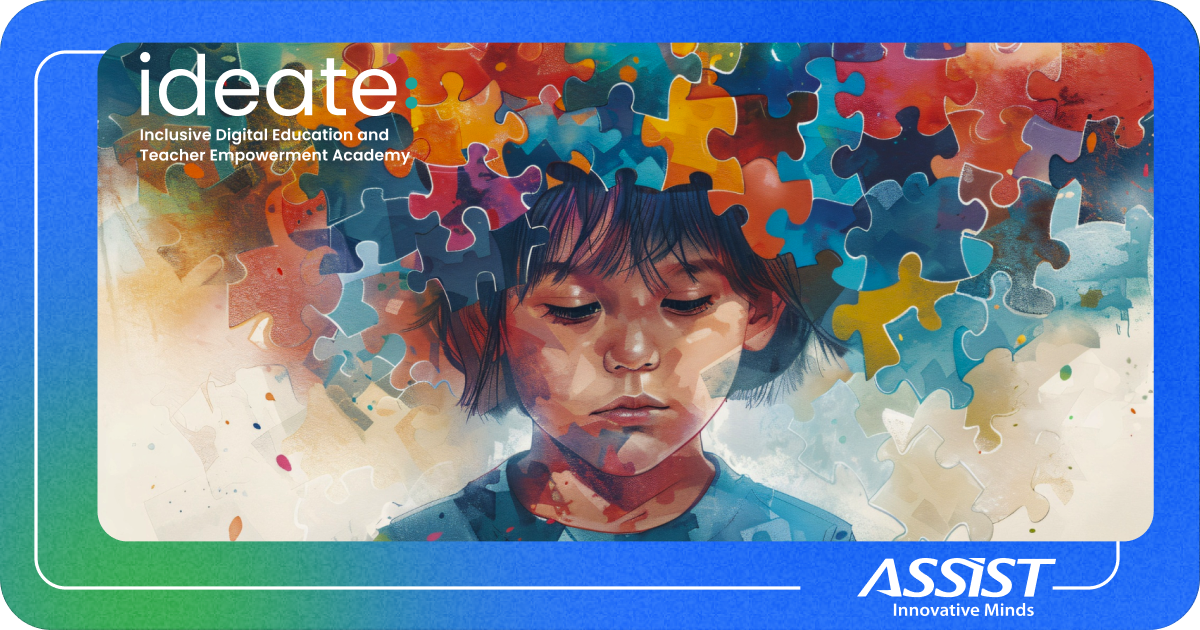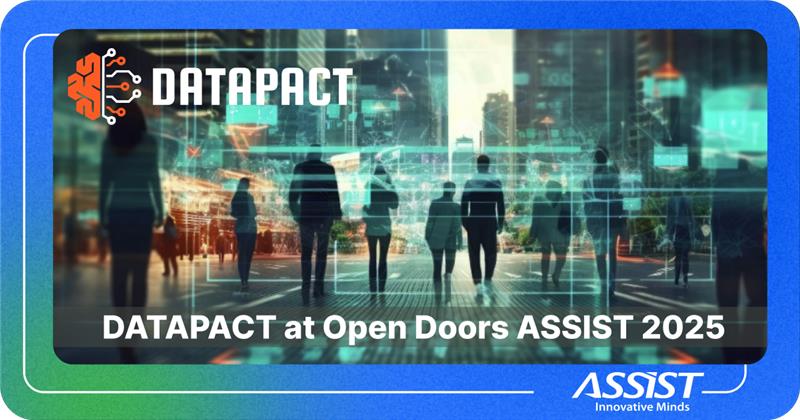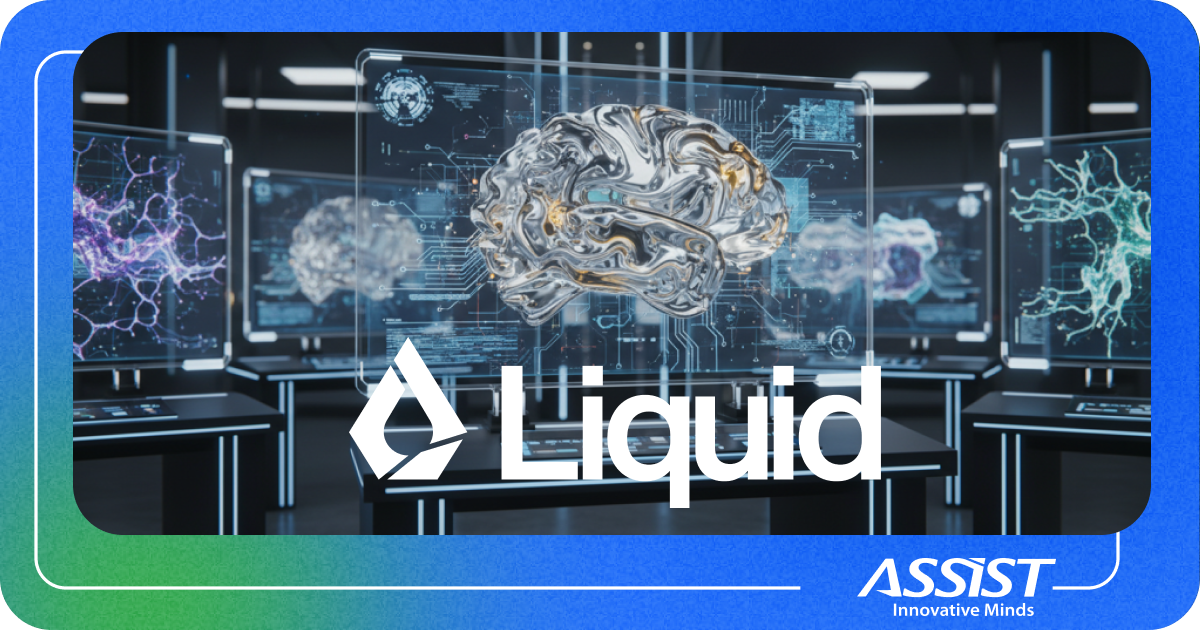The AI Lifeline For Education
Education has long been considered a great equalizer, but the promise of knowledge has always been slightly out of reach. Even today, around the world, students are caught in a system that is underfunded, understaffed, and under strain.
The signs are everywhere: record numbers of teachers leaving the profession, students falling behind in basic literacy and numeracy, and infrastructure gaps widening between urban centers and rural regions. Even in developed countries, the cracks are showing. In low-income nations, the situation is far more severe.

UNESCO estimates that nearly 70 million new teachers will be needed by 2030 to meet basic global education goals. At the same time, the World Bank reports that 7 out of 10 children in low- and middle-income countries cannot read a simple text by age 10. COVID-19 only worsened things, wiping out years of progress and exposing deep structural inequities. The cost? An estimated $17 trillion in lifetime earnings is lost for this generation of students.
Behind these statistics are real people: a student in Suceava who lacks support for a learning disability, a teacher in Nairobi working with 45 students and no digital tools, and a refugee child in Berlin navigating a classroom in a language they don't yet speak. When education fails, the entire society's future is at risk.

Artificial intelligence should not be considered a cure-all. However, it offers capabilities that, when applied carefully, can alleviate some of education's most persistent challenges.
AI can deliver personalized learning, adjusting content to each student's pace, strengths, and gaps. It can automate repetitive tasks like grading and scheduling, giving teachers back the time they need to connect with students. It can identify warning signs early, alerting educators to disengagement or dropout risk.
AI-driven translation tools can bridge communication barriers in multilingual classrooms. In remote areas, AI-powered apps can bring structured lessons to children who lack access to formal schools. For students with disabilities, assistive technologies guided by AI can make learning materials accessible in new ways.
But potential alone means little without execution. That's where implementation matters and why collaboration between educators, developers, and researchers is essential.

One project quietly illustrating this is IDEATE — the Inclusive Digital Education and Teacher Empowerment Academy, supported by the EU's Erasmus+ program. It's designed to give educators tools they can use, particularly when working with marginalized or neurodivergent students.
The project blends gamified learning, collaborative course design, and AI-enhanced training to support inclusive teaching methods. The technical backbone is supported by ASSIST Software, whose teams specialize in adaptive platforms and user-centered AI tools.
In Romania, the A(I)BILITIES initiative explores how generative AI can support learners with motor and sensory disabilities by building digital environments that respond to individual limitations rather than ignoring them.
These projects don't treat AI as the answer to everything. They treat it as one piece of a larger solution: giving teachers more time, students more access, and systems more flexibility.

Of course, not all AI is created equal. Poorly designed systems can reinforce bias, compromise privacy, or deepen existing divides. There are valid concerns around ethics, transparency, and accessibility, which must be addressed rigorously and in an accountable manner.
Technology will never replicate the warmth of a mentor, the intuition of a teacher, or the magic of a shared moment in a classroom. But it can remove friction, scale best practices, and bring support where it's needed most.
This is where business leaders, investors, and policymakers come in. The same drive that fuels industrial innovation, such as efficiency, personalization, and resilience, can and should be applied to education.


Education is the foundation on which every future economy will stand. And as digital transformation accelerates, we have a chance and a choice to ensure that transformation is inclusive, ethical, and lasting.
ASSIST Software is among the companies that have demonstrated what this can look like. Our work summarizes building tools that respect the complexity of classrooms and center the needs of learners.
AI will not save education. But if designed with care and deployed with vision, it can help us build systems that serve a higher purpose.
Contact us for AI in education, or whether you need Fundația Umanitară ASSIST (The ASSIST Humanitarian Foundation) to help where AI can't. We are committed to making learning and knowledge available to everybody!



